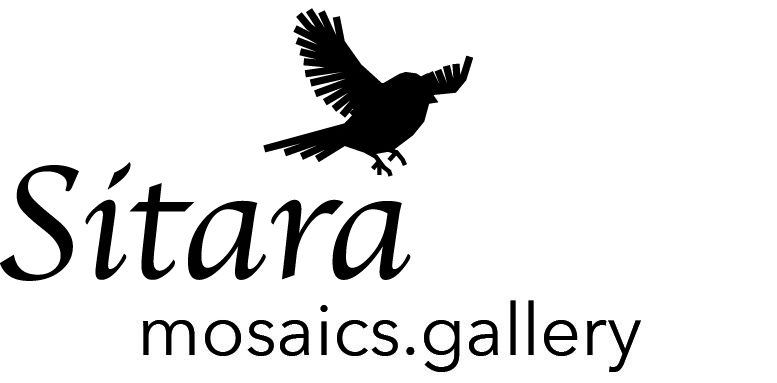I received “Highly Commended” at New Zealand’s bi-annual national exhibition of mosaic art 2018, held at the Estuary Art Centre in Orewa near Auckland in September, organised by the NZMA, the New Zealand Mosaic Association. It’s a great boost, especially given the fact that I’ve felt my style of...
Highly Commended in the Margaret Coupe Award category
Mosaic book review: Julee Latimer’s “Sculptural secrets for mosaics”
Julee Latimer’s book Sculptural Secrets for Mosaics (2017) is a very personal exploration of 3-D mosaic-land. Latimer outlines step-by-step how to start a mosaic sculpture from scratch, be it a massive piece such as her Rosaic, the armchair from foam blocks covered in stained glass roses, or some wildly intricate...
What Lee Krasner’s Mosaic Tables and Jackson Pollock’s rejected mosaic have in common
There is a delightful mosaic scene in the biopic “Pollock” (2000), starring Ed Harris as the painter, and Marcia Gay Harnden (who received an Oscar for this role) playing his wife Lee Krasner. At just over an hour and 4 minutes, Krasner is seen creating a mosaic table. Four...
I have the perfect necklace for you
I watch the patrons strolling up and down the Paraparaumu Beach Market on a chilly spring Saturday morning. Tourists, locals, visitors from nearby towns, with or without dogs, partners, children; throngs of people moving past my stall, toward my stall, away from my stall. Most of them are after...
